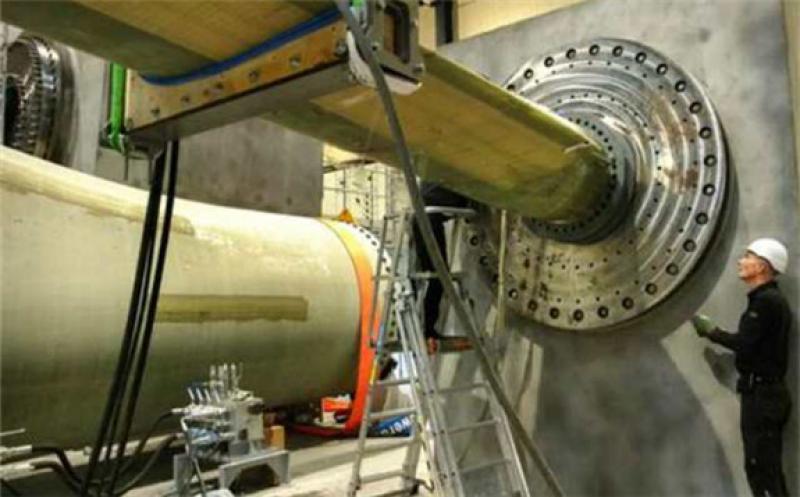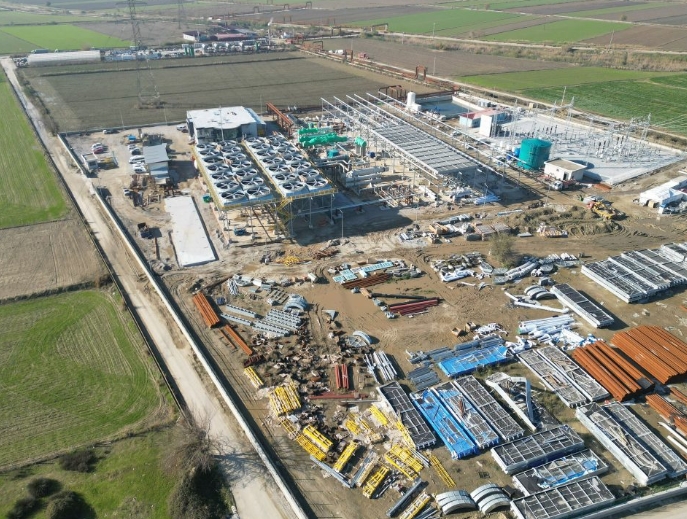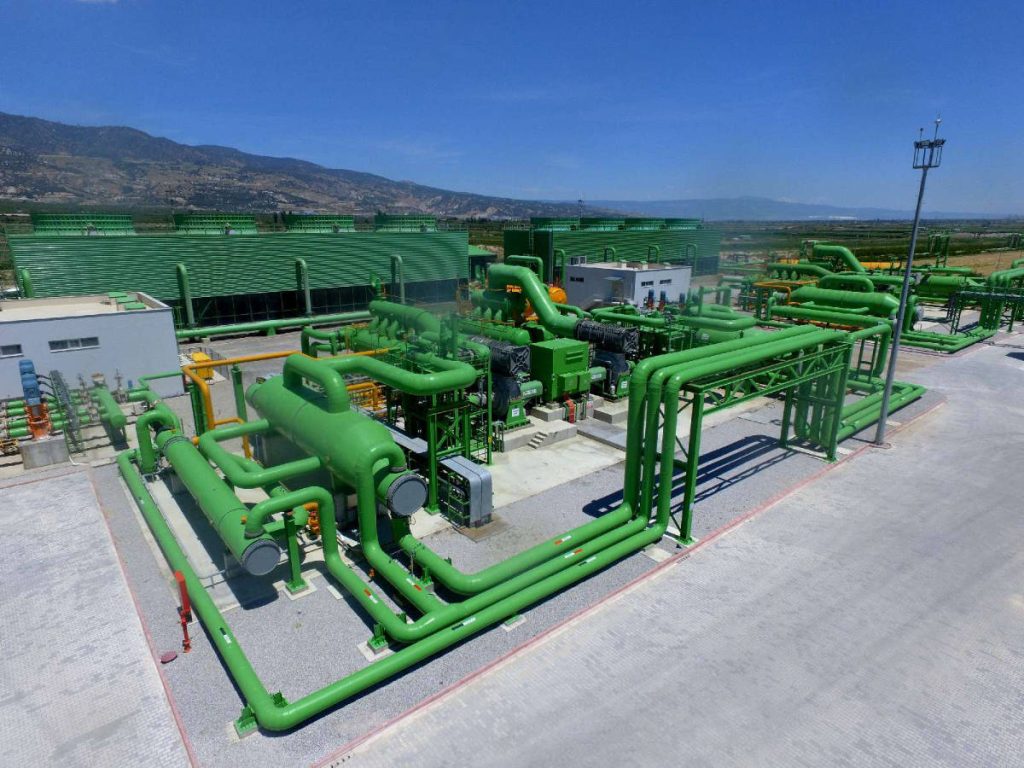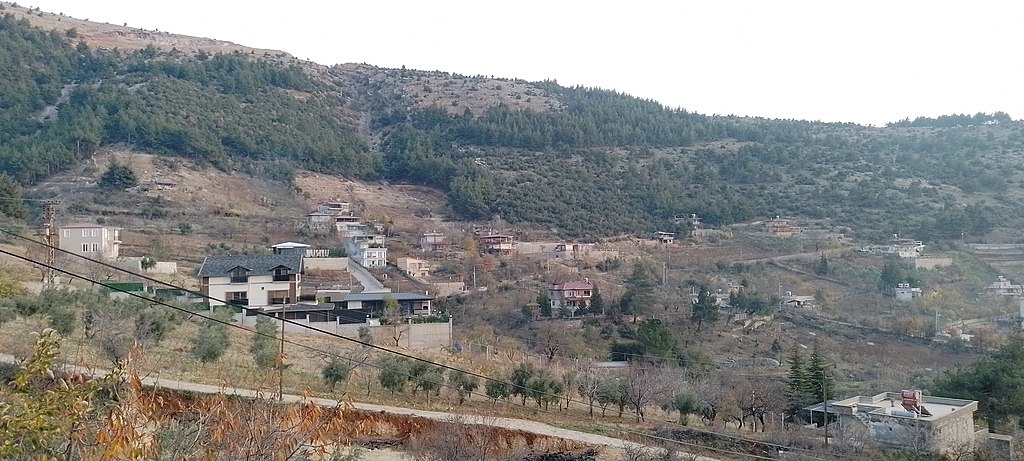Researchers at the Technical University of Denmark (DTU) Large Scale Facility have partnered with Moog Inc., designer and manufacturer of motion control solutions, to create an advanced testing facility for wind turbines.
 Image credit: Moog
Image credit: Moog
The facility forms part of the Department of Wind Energy and the Villum Center for Advanced Structural and Material Testing (CASMaT) project.
Moog and its partner T A Savery designed and installed test equipment for three test stands, which can accommodate 15-, 25- and 45-metre wind turbine blades. Engineers carried out the installation and commissioning of the test equipment and will also provide ongoing support to the DTU staff.
The aim of the project is to provide DTU the latitude to conduct an array of tests. For example, if researchers wanted to use a test bay to conduct a dynamic test on a blade, the hydraulic system would accommodate wide pressure fluctuations. If the next test required a static one with winches, DTU could set the hydraulics to meet a very-low flow.
“We will embed sensors in test blades with built-in defects and monitor how the damage grows, whilst the Moog exciters will put realistic loads on the blades,” says Dr Kim Branner, senior research scientist and head of the Structural Design & Testing Team for DTU Wind Energy.
Branner sees the project helping blade makers build better blades but also creating a digitised twin of each blade that a wind farm operator can use to model what a blade’s future state might look like. If all goes according to plan, sometime soon, a wind farm control centre will be able to predict blade failure before it happens.







